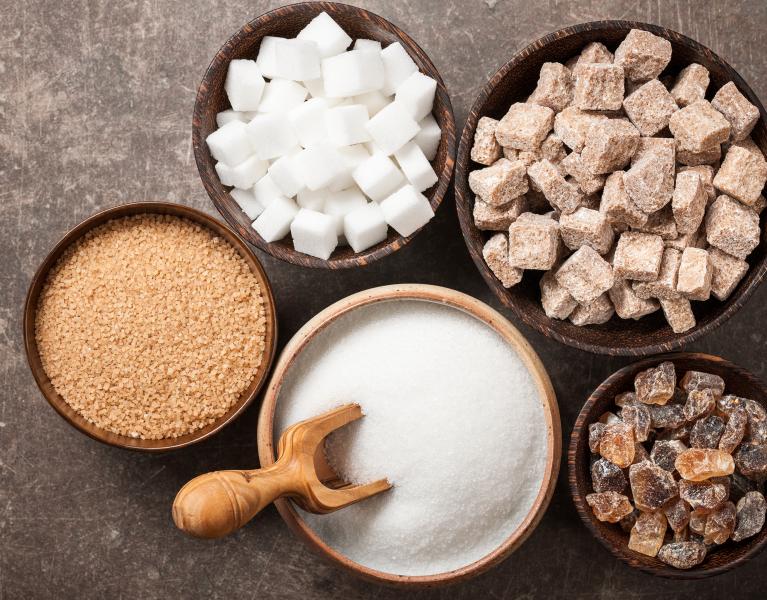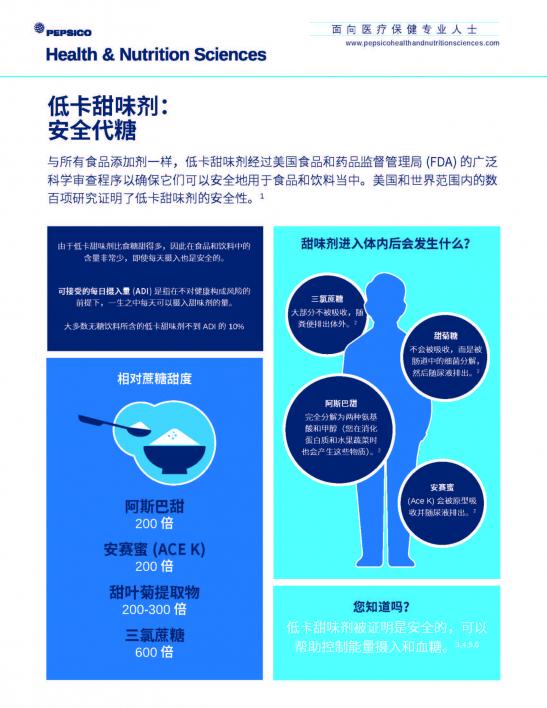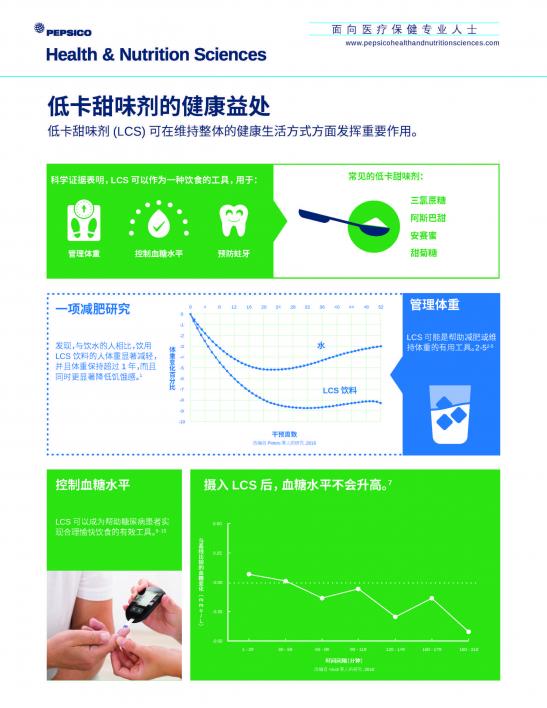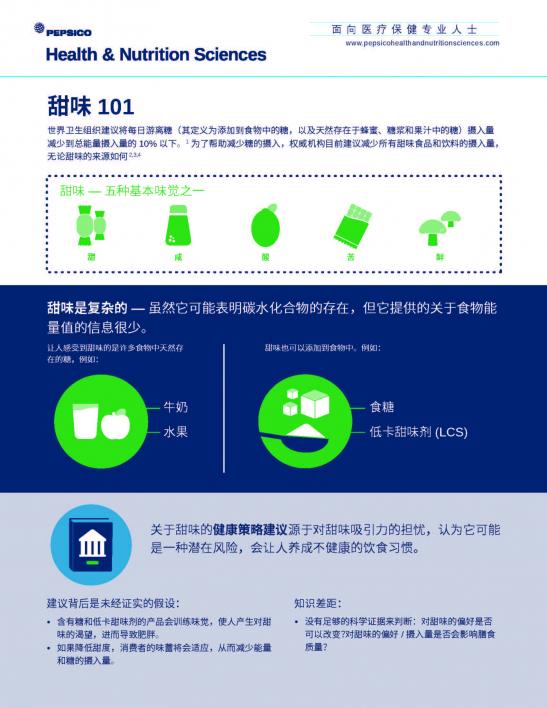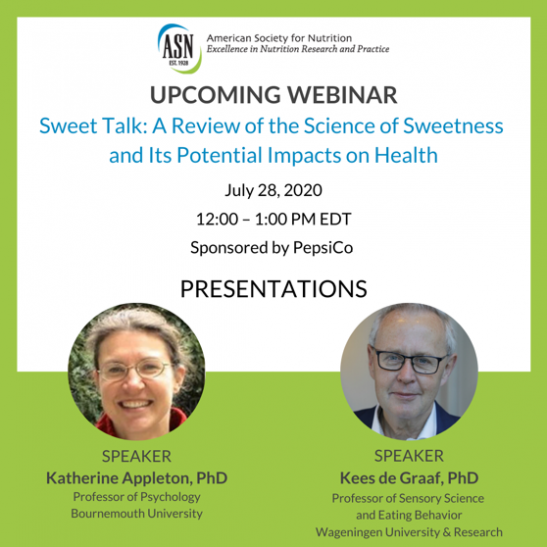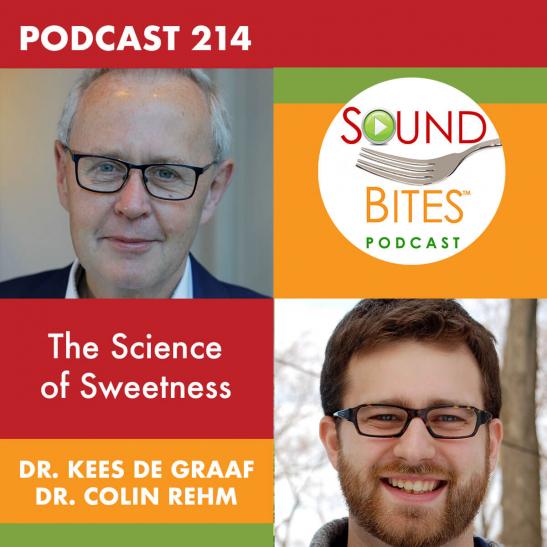Sylvetsky, A. C., Hiedacavage, A., Shah, N., Pokorney, P., . . . Dietz, W. H. (2019). From biology to behavior: A cross-disciplinary seminar series surrounding added sugar and low-calorie sweetener consumption. Obesity Science and Practice, 5(3), 203-219. doi:10.1002/osp4.334
Abstract:
Introduction: This report presents a synopsis of a three-part, cross-sector, seminar series held at the George Washington University (GWU) in Washington, DC from February–April, 2018. The overarching goal of the seminar series was to provide a neutral forum for diverse stakeholders to discuss and critically evaluate approaches to address added sugar intake, with a key focus on the role of low-calorie sweeteners (LCS). Methods: During three seminars, twelve speakers from academic institutions, federal agencies, non-profit organizations, and the food and beverage industries participated in six interactive panel discussions to address: 1) Do Farm Bill Policies Impact Population Sugar Intake? 2) What is the Impact of Sugar-sweetened Beverage (SSB) Taxes on Health and Business? 3) Is Sugar Addictive? 4) Product Reformulation Efforts: Progress, Challenges, and Concerns? 5) Low-calorie Sweeteners: Helpful or Harmful, and 6) Are Novel Sweeteners a Plausible Solution? Discussion of each topic involved brief 15-minute presentations from the speakers, which were followed by a 25-minute panel discussion moderated by GWU faculty members and addressed questions generated by the audience. Sessions were designed to represent opposing views and stimulate meaningful debate. Given the provocative nature of the seminar series, attendee questions were gathered anonymously using Pigeonhole™, an interactive, online, question and answer platform. Results: This report summarizes each presentation and recapitulates key perspectives offered by the speakers and moderators. Conclusions: The seminar series set the foundation for robust cross-sector dialogue necessary to inform meaningful future research, and ultimately, effective policies for lowering added sugar intakes.
DellaValle, D. M., Malek, A. M., Hunt, K. J., Peter, J. V., . . . Marriott, B. P. (2018). Low-calorie sweeteners in foods, beverages, and food and beverage additions: NHANES 2007-2012. Current Developments in Nutrition, 2(12). doi:10.1093/cdn/nzy024
Abstract
Background: Most publications about low-calorie sweeteners (LCSs) focus on person-level intake prevalence. Objective: We assessed LCS distribution in foods, beverages, and food and beverage additions (FBAs), e.g., mayonnaise, in the US adult diet as reported in the NHANES (2007-2012). Methods: Dietary items reported in the first 24-h recall were coded for LCS and/or nutritive sweeteners (NSs) with the use of USDA What We Eat in America food files. We calculated the number of times items were reported and LCS/NS content. Results: Of reported items, 56.1% were foods, 29.1% were beverages, and 14.8% were FBAs. LCS was contained in 0.7% of foods, 8.1% of beverages, and 10.4% of FBAs. This food-level analysis identified FBAs as a significant source of LCSs in the US diet. Conclusion: Identifying the diversity of LCS and NS sources will enhance exposure classification for examining diet and health relations, including body weight management.
Marriott, B. P., Hunt, K. J., Malek, A. M., St. Peter, J. V., & Greenberg, D. (2018). Low-calorie sweeteners: Exploring underutilized database resources to understand dietary patterns and obesity. Obesity, 26, S5-S8. doi:10.1002/oby.22261
Abstract
The use and impact of low-calorie sweeteners (LCS) in relation to the national challenges of overweight and obesity are complex and controversial. Most research on LCS have focused on the prevalence of consumption of LCS in beverages. The 2015 Dietary Guidelines Advisory Committee emphasized dietary patterns and health rather than a focus on specific nutrients or foods. The committee took this approach to shift the national emphasis onto the context of total rather than individual nutrient consumption. A broader research paradigm is needed to elucidate the actual exposure to LCS and how they are consumed within dietary patterns in the US population. National-level databases exist that can be used to broaden scientific understanding of the effects of LCS and health outcomes. These databases are underutilized, and they provide potential tools for grasping a fuller picture of LCS in the US diet.
Harjani, Y., Tee, E. S., & Garcia, J. (2016). Proceedings of the NSM update series: Sugar substitutes-understanding the basics, global regulatory approvals, safety assessment protocols and benefits. Malaysian Journal of Nutrition, 22(1), 91-102.
Abstract:
A seminar titled "Sugar Substitutes: Understanding the Basics, Global Regulatory Approvals, Safety Assessment Protocols and Benefits" organised by the Nutrition Society of Malaysia was held on 15th Apri12015 for nutritionists and other health care professionals, to review and discuss the latest evidence on safety and efficacy of sugar substitutes. Highlights from lectures by local and international speakers about this topical subject are presented in this report. Sugar substitutes have been extensively evaluated for decades and regulatory agencies world-wide continue to review and confirm their safety. Furthermore, the effects of sugar substitutes on human health continue to be the subject of research studies. Many studies have shown that replacement of sugar with sugar substitutes may help in weight management, glucose control for people with diabetes, and in the prevention of tooth decay. It is important for health professionals to discern whether the available evidence is based on good science and adequate protocols in order to guide consumers with the responsible use of sugar substitutes following national and international dietary guidelines. The use of sugar substitutes for certain health outcomes was discussed, specifically in regard to appetite, energy balance, body weight and other cardio-metabolic risk factors. Overall, the seminar provided an understanding of the different types of commercially available sugar substitutes, their use in a range of food and beverages, and calorie contribution to the diet. The seminar also covered the approvals of different sugar substitutes and the protocols for assessing the safety of these sugar substitutes, especially in the case of children and pregnant women.
Kamil, A., Wilson, A. R., & Rehm, C. D. (2021). Estimated sweetness in US diet among children and adults declined from 2001 to 2018: A serial cross-sectional surveillance study using NHANES 2001–2018. Frontiers in Nutrition, 8, 1004. doi:10.3389/fnut.2021.777857
Abstract:
An agreed-upon measure of total dietary sweetness is lacking hindering assessments of population-level patterns and trends in dietary sweetness. This cross-sectional study used 24-h dietary recall data for 74,461 participants aged ≥ 2 y from nine cycles (2001–2018) of the National Health and Nutrition Examination Survey (NHANES) to evaluate trends in the sweetness of the diet in the United States (US). LCS-containing items were matched to a sugar-sweetened counterpart (e.g., diet cola–regular cola or sucralose sugar). The matched pair was used to estimate the sugar equivalents from LCS-sweetened foods or beverages to estimate dietary level sweetness, which was described as grams of approximate sugar equivalent (ASE) per day. Trends in ASE were estimated overall and by subgroup, and trends were further disaggregated by food or beverage category. Overall, LCS sources contributed about 10.5% of ASE. Total ASE declined from 152 g/d to 117 g/d from 2001–2002 to 2017–2018 (p-trend < 0.001), with comparable declines in children and adults. Declines in total ASE were predominantly driven by beverages (−36.7% from 2001–2002 to 2017–2018) and tabletop sweeteners (−23.8%), but not food (−1.5%). Observed trends were robust to sensitivity analyses incorporating random, systematic, and sensory trial informed estimates of sweetness and also an analysis excluding possible under-reporters of dietary energy. This practical approach and underlying data may help researchers to apply the technique to other dietary studies to further these questions.
Kamil, A. & Wilson, A. R. (2021) Sweet taste perceptions and preferences may not be associated with food intakes or obesity. Nutrition Today, 56(2), 62-69, doi:10.1097/NT.0000000000000473
Abstract:
The topic of sweet taste and the relationship to health is one that has been of interest to researchers for many years. Recently, reduced consumption of sweet-tasting foods and beverages, regardless of how they are sweetened (ie, caloric or low/no-calorie sweeteners), has been recommended by some health authorities to encourage reduced sugar consumption. The hypothesized rationale is that human attraction to sweetness could increase the risk of developing less healthy eating patterns. This article summarizes the work presented by Professors Appleton and de Graaf on the topics of sweet taste perceptions and preferences, food intakes and obesity, during an American Society for Nutrition webinar on July 28, 2020, and finds little evidence to support this hypothesis.
